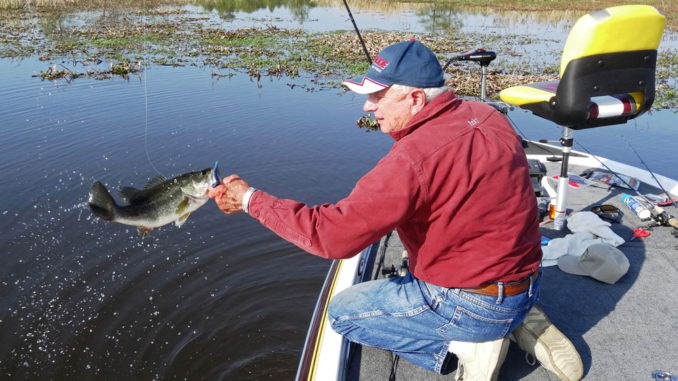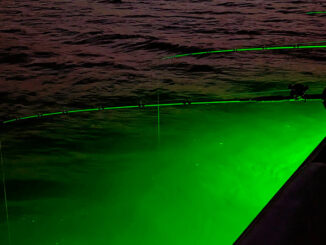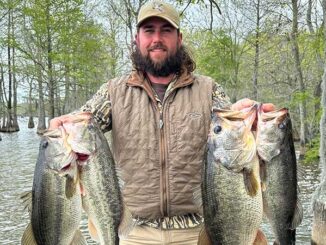
September is big transition month on lakes
September is a transition month from summer to fall patterns on the Santee Cooper lakes, and the fishing is excellent for several species. The key is following fish, as they’re often on the move following forage. Find the forage and the right habitat for the species you seek, feed them the right stuff, and they’ll eat it.
Here’s what’s happening.
Bass chasing bait
Guide Inky Davis said bass-fishing patterns begin to change for the better this month as bass begin chasing shad and schooling frequently.
“The move from dense cover to chasing forage becomes much more noticeable during September,” Davis said. “The water temperature begins to cool, and the current year’s shad become a prime food source. This action improves right on into October, but this is when I transition from primarily working dense cover to working edges and isolated weeds and trees while watching for schooling action.”
Davis (803-478-7289) said soft plastics continue to be some of his favorite lures, with a variety of plastics working well. He also begins to use crankbaits and spinnerbaits as search baits.
By late September, topwater lures produce during the day, as well as early and late, around points, pockets and forage-packed flats.
“I’ll also fish the point trees of cypress stands, especially where the water depth drops from a couple feet down to 6 feet deep,” he said. “I use the wind to an advantage, and if a strong breeze is blowing into small coves and pockets, I’ve found that shad will sometimes pile up making it very attractive to bass.
“I always keep a heavy topwater and a tailspinner rigged and within reach so I can quickly cast ultra-long distances to bass schooling at my extreme casting limit,” he said. “This usually results in a few extra bass caught during a day of fall fishing,” he said.
Meet slabs deep
The most-consistent crappie fishing will be working deeper drops where brush, logs, stumps and other cover exists. The deep brush is a prime target for consistent catches of slab crappies. Forage will also converge on these woody structures, making crappies even easier to target.
Guide Steve English fishes both Lake Marion and Lake Moultrie, and he said that, typically a depth range of 20 to 35 feet can be productive on either lake.
“I’ll typically target underwater brush at the base of a drop,” he said. “Live minnows are good baits, but jigs and the jig-minnow combination are very productive. I’ll maneuver my boat over the top of the targeted cover and fish vertically. I use long poles with sensitive tips so I can see even the slightest bite of a crappie.”
English (843-729-4044) said light bites may be common in these deep-water spots, but some heavy slabs are caught.
“Crappie will move from one area to another frequently as forage moves, although in some cases a really productive place may produce fish for multiple trips,” he said. “I’m always ready to move to other spots if the action slows. I’m patient enough to give a specific place a chance but I won’t linger long. At this time of the year, those crappie are going to be holding around deep cover and once we find them the action is usually fast.”
Bust bull bream
Bream may be the most free-spirited fish this month, because they can be caught deep around brush piles, shallow around heavy cover and foraging around mayfly hatches that can occur almost anywhere.
Deep brush, where crappie are often found, can harbor huge numbers of bull bream looking for something to eat. The same vertical technique used by crappie anglers — using crickets as bait — often results in limit catches of big bream.
For shallow-water fishing, work points and pockets of vegetation in water from 2 to 6 feet deep, using long poles or ultralight rigs loaded with crickets. This technique requires culling if you’re keeping just big bream.
September may not be prime time for mayflies, but it’s not uncommon; last September numerous hatches occurred. Mayflies are the tenderloin of bream forage; find it and you will find bream. Hatches do often occur in the same general areas from year to year.
A mayfly hatch typically has bream popping the surface, feeding on these morsels literally often all around the boat. When you run out of crickets, grab a couple of swarming mayflies and cram ‘em on the hook.
And hold tight to your rig when you cast, because about any species worth catching is probably eating those same mayflies.





Be the first to comment